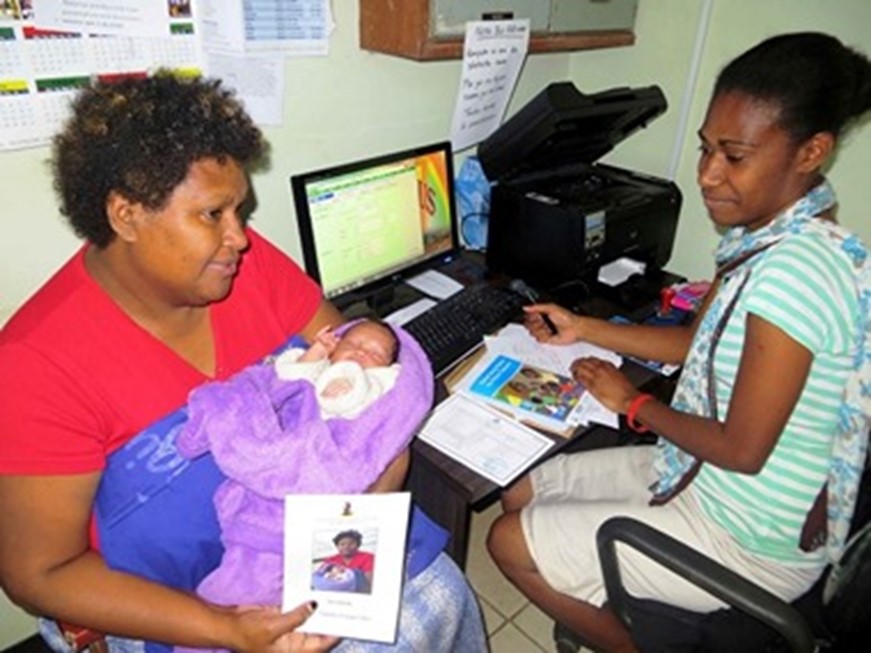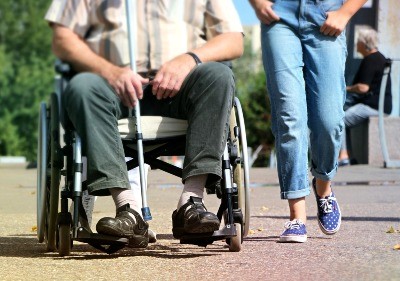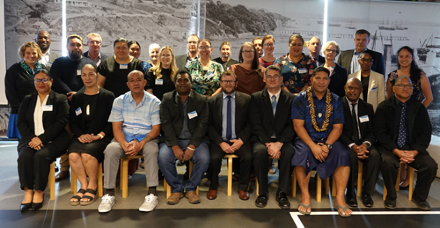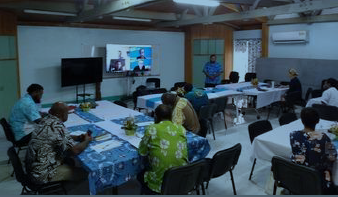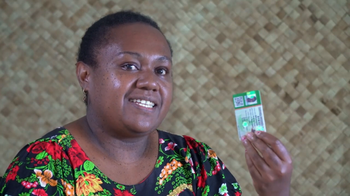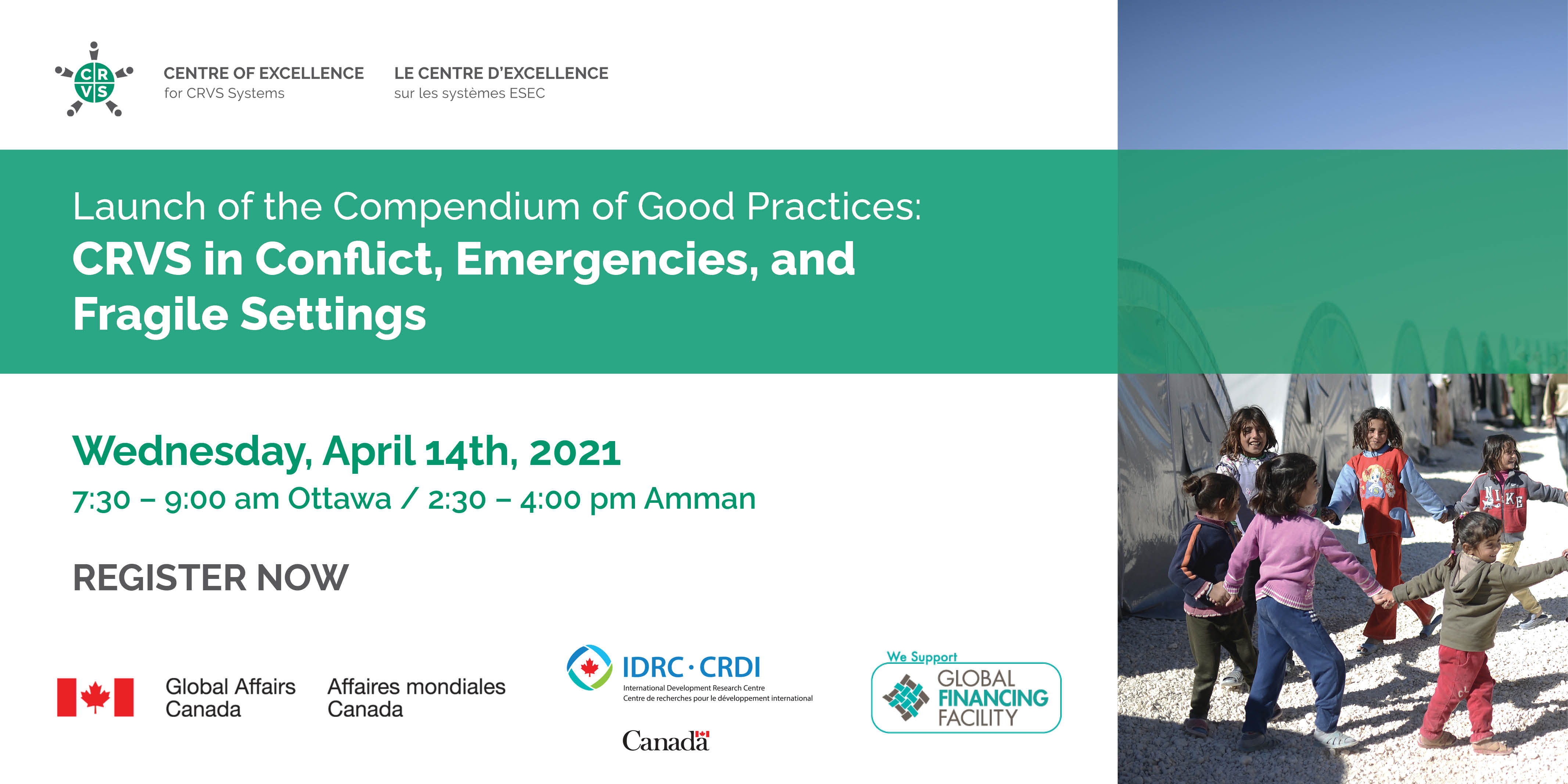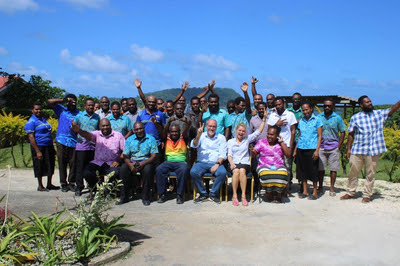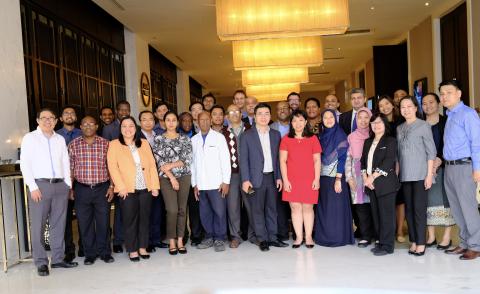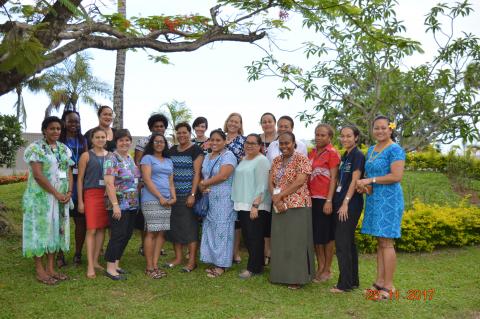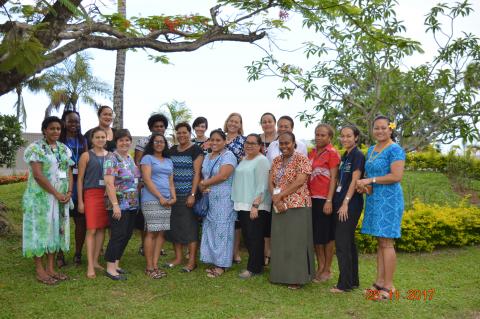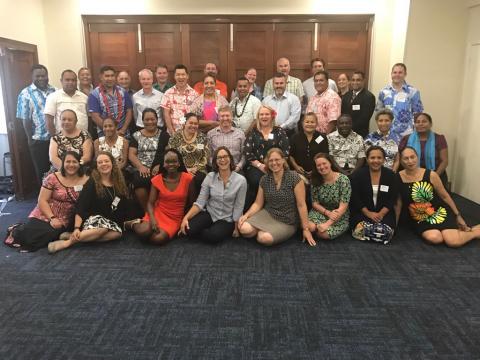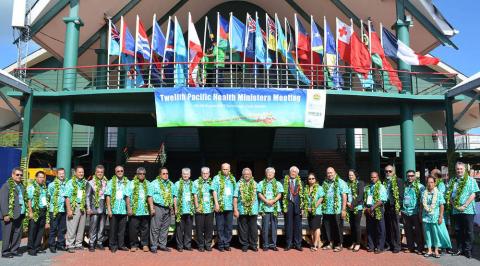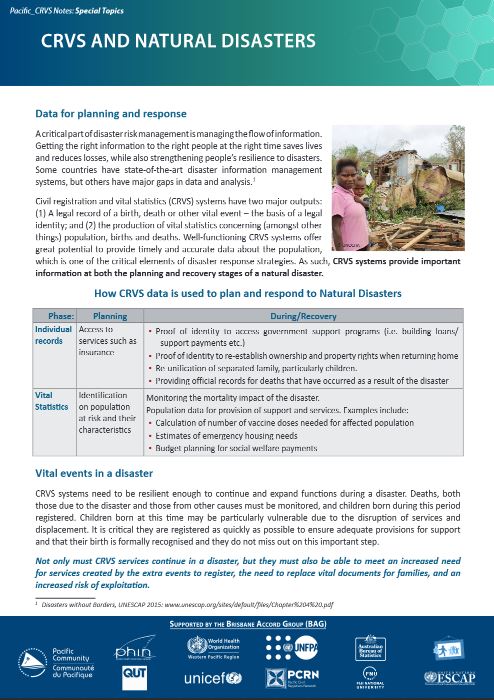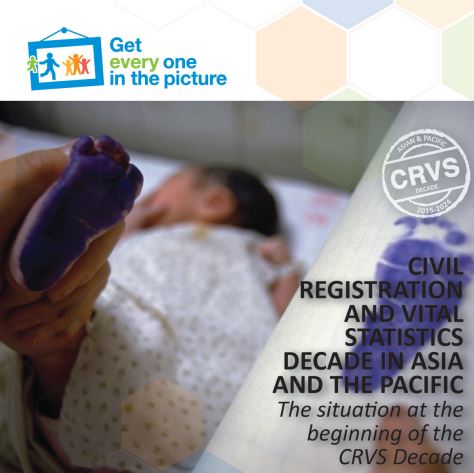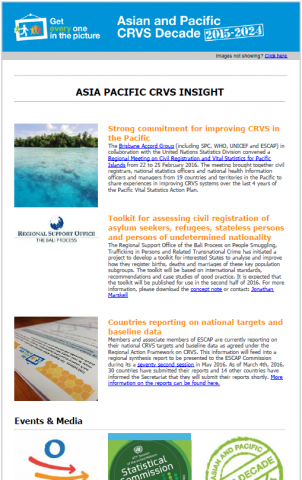The Vanuatu CRVS system is part of the Ministry of Internal Affairs. It also relies on the Health Information System for birth or death happening in Health facilities. However, 70% of the population live in the Rural areas, some of which live in traditional lifestyles and have little interaction with government or health facilities. Besides, the different departments involved struggle to share data and rely on families to provide the appropriate information to each of them. This is even problematic considering the barrier in hindering people due to the cost of travelling to a registered center. This leads to a poor CRVS situation, with UNICEF estimating in 2008 the percentage of children living in Vanuatu whose birth had been registered to be 26%.
To tackle this problem, a CRVS task force has been installed, and in a few years, Vanuatu has greatly improved birth registration. This was mainly achieved through partnerships with the Ministry of Health, enforcing the registration of new births at hospital prior to discharge, and with the Ministry of Education, integrating the registration of children through schools as part of their initial enrolment process. “Catch-up days” in remote areas that do not have regular contact with government have also been established. These activities have been supported by the roll-out of IT connectivity to provincial centers and the development of a national CRVS database. These activities have led to a 2012-2014 birth registration completeness estimate of 83.2%, and death registration completeness estimate of 52%.
The key lessons identified by Vanuatu in the implementation of these programs are the importance of using decentralization and existing contact points with government to bring registration to communities, that a strong IT infrastructure is important to supporting expansion of registration activities, and that multi‐sectoral cooperation is key for CRVS improvements.
Mr. Jeffrey Trief, Registrar General, Department of Civil Registry and Identity Management (CRIM)
Goal 1. Universal civil registration of births, deaths and other vital events |
Goal 1 Targets:
Goal 2. All individuals are provided with legal documentation of civil registration of births, deaths and other vital events, as necessary, to claim identity, civil status and ensuing rights |
Goal 2 Targets:
Goal 3. Accurate, complete and timely vital statistics (including on causes of death) are produced based on registration records and are disseminated |
Goal 3 Targets:
Goal 1. Universal civil registration of births, deaths and other vital events |
Goal 1 is an expression of the internationally accepted principle of the universal coverage of civil registration. The CRVS system should register all vital events occurring in the territory and jurisdiction of the country or area, including among hard-to-reach and marginalized populations.
National Targets:
BASELINE
201452%
MIDTERM
201856%
MIDTERM
201343.4%
baseline
201423%
MIDTERM
201817%
Goal 2. All individuals are provided with legal documentation of civil registration of births, deaths and other vital events, as necessary, to claim identity, civil status and ensuing rights |
Goal 2 reflects that CRVS systems provide legal documentation of civil registration to individuals and families for legal and administrative purposes. Legal documentation is strongly linked with a broad range of rights and activities, in particular legal identity. This goal addresses the distinction between the civil registration of a vital event and the possession of formal proof that it took place, in the form of legal documentation.
National Targets:
Goal 3. Accurate, complete and timely vital statistics (including on causes of death) are produced based on registration records and are disseminated |
Goal 3 highlights the critical importance of civil registration being linked to the production and quality assurance of vital statistics on the occurrence and characteristics of vital events.
National Targets:
TARGET
Target achieved
TARGET
Target achieved
Note: This target was not monitored as part of the Midterm Questionnaire on the Implementation of the Regional Action Framework for CRVS in Asia and the Pacific.
Note: In light of recent countries’ experiences, Verbal autopsy is not encouraged to be applied to a large population scale, but rather on a representative sample. To reflect this, Target 3E is not anymore monitored by the coverage percentage of Verbal autopsy, but by the use or not of Verbal autopsy and its different applications.
MIDTERM
No

National Coordination Mechanism
Status in Vanuatu: Complete

Comprehensive Assessment
Status in Vanuatu: Complete

National Targets for 2024
Status in Vanuatu: Not started

Monitoring & Reporting Plan
Status in Vanuatu: Not started

Inequality Assessment
Status in Vanuatu: Complete

National Strategy
Status in Vanuatu: Complete

National Focal Point
Status in Vanuatu: Not started

Reporting to ESCAP - Baseline
Status in Vanuatu: Complete

Reporting to ESCAP - Midterm
Status in Vanuatu: Complete


